Anesthesia-free dentistry can sound like a pet owner’s dream come true—all the benefits of a pet dental cleaning without the worry of general anesthesia. But are these non-veterinary procedures a safe and effective alternative to professional oral hygiene procedures at Shuler Veterinary Clinic?
The answer is a resounding “No.”
We provide five clear differences between an anesthesia-free (i.e., cosmetic) dental cleaning at a grooming facility or other dog-related business and a veterinarian-supervised professional oral hygiene procedure under anesthesia at Shuler Veterinary Clinic.
#1: Veterinary dentistry prioritizes your pet’s safety
Every aspect of your pet’s veterinary dental experience is designed with their safety in mind, including preparatory measures such as pre-anesthetic blood work and diagnostic testing. On the day of the dental cleaning, our team ensures your pet’s comfort and reduces their stress with gentle handling, a quiet atmosphere, and an initial sedative and pain reliever to ease any apprehension or discomfort they may feel.
In fact, general anesthesia is a large component of your pet’s safety plan because they need to sleep through events that would otherwise be frightening, stressful, or painful. Anesthesia also ensures total stillness, which protects pets against injury from sharp dental instruments. Rest assured that we continuously track your pet’s vital signs with our state-of-the-art electronic monitors, and a dedicated veterinary technician cares for your pet from induction to recovery.
Non-veterinary dental cleanings eliminate anesthesia-related risks and complications, but still pose a significant safety risk, because awake pets are more likely to struggle or be severely stressed when restrained or their mouth handled, or when unfamiliar instruments are placed near their muzzle and face. Pets will likely experience significant pain as their teeth—which may be infected, painful, or broken—are picked at and scraped.
#2: Veterinary dental X-rays allow crown-to-root assessment
Unlike cosmetic cleanings, professional oral hygiene procedures at Shuler Veterinary Clinic involve more than simply removing visible tartar from the tooth’s surface. Instead, we assess the entire oral cavity to detect dental disease and other abnormalities early.
Dental X-rays are the only accurate dental health assessment, because most dental disease (i.e., periodontal disease) occurs below the gumline and is invisible to the naked eye until the damage is irreversible. In contrast, cosmetic dental cleanings cannot visualize the tooth root or its supportive structures (i.e., periodontal ligament, jaw bone) and therefore cannot detect, address, or slow dental disease progression.
#3: Veterinary dentistry provides a thorough and detailed cleaning
Knowing how much your pet wiggles and struggles for toenail trimmings or ear cleaning, you can imagine how difficult a detailed dental cleaning would be without general anesthesia.
Awake pets are generally less cooperative and, unlike people, will not turn their head, open their mouth, or spit when directed. This prevents the person performing the dental cleaning from accessing each surface area of every tooth, as well as the crevices in between. The inevitable leftover tartar or plaque (i.e., the invisible bacteria biofilm that covers each tooth after eating) then creates a debris and disease breeding ground.
In contrast, pets undergoing a professional procedure are relaxed and still, which allows the veterinary technician or veterinarian full control of and access to the mouth and head. This, along with an ultrasonic dental scaler that allows safely cleaning the tooth below the gumline, ensures a detailed and deep cleaning of every tooth.
#4: Veterinary dentistry can uncover and address other oral pathology
After a cosmetic cleaning, your pet’s teeth may look shiny and white, but any hidden disease will continue to cause pain, inflammation, and decay below the gumline. Also, other pathology, such as oral masses, bone loss, and upper airway problems, may persist without your knowledge.
A non-veterinary dental cleaner who uncovers a visibly damaged tooth will have to refer your pet to a veterinarian for tooth extraction, which will cost extra and cause potential delay if your pet can’t be scheduled right away.
Alternatively, your pet’s professional oral hygiene procedure includes a comprehensive oral cavity exam under anesthesia as the veterinarian visually inspects your pet’s entire dental arcade, palate, and upper airway, as well as the tongue and gums. Abnormalities are noted in the pet’s record and, when appropriate, the owner is notified by phone or text. With the owner’s consent, necessary treatment (e.g., dental extractions, tissue biopsy, mass excision, or other procedures) can begin immediately.
#5: Veterinary dentistry prevents future disease
Regular veterinary oral hygiene procedures, like your own twice-yearly dental cleanings, reduce plaque accumulation and screen your pet for early dental disease. If your veterinarian finds disease signs, they can take rapid action to reverse or slow disease progression, including preventive treatments to preserve at-risk teeth (e.g., antibiotics, root planing), laser therapy to reduce gum inflammation, deep (i.e., subgingival) cleanings to eliminate trapped debris, and thorough polishing to smooth the tooth’s enamel and deter plaque from adhering to clean tooth surfaces.
Alternatively, cosmetic cleaning results are superficial and often short-lived. The teeth are not thoroughly polished after scaling, so non-veterinary procedures may actually increase plaque formation. Worse, when disease signs hidden below the gumline go unrecognized, pets may be forced to suffer in silence until their condition becomes severe and they need multiple extractions to relieve the intense pain, inflammation, or infection.
Your pet’s oral health can impact their overall wellness and longevity. Therefore, invest in your pet’s present and future health by scheduling a professional oral hygiene procedure at Shuler Veterinary Clinic. For additional information or to book your pet’s dental consultation and pre-anesthetic testing, contact our team.


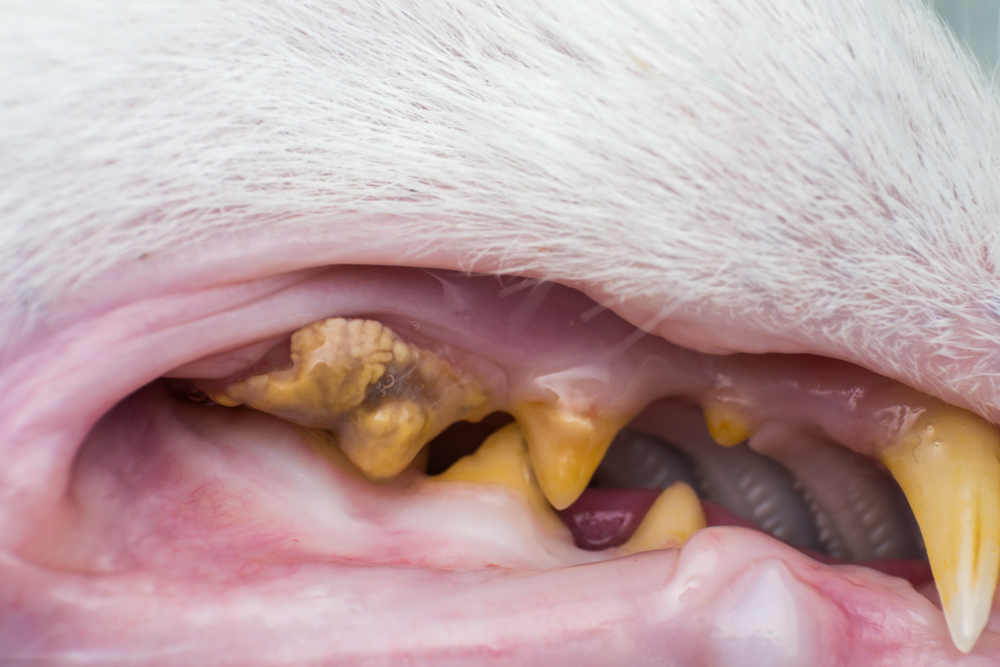
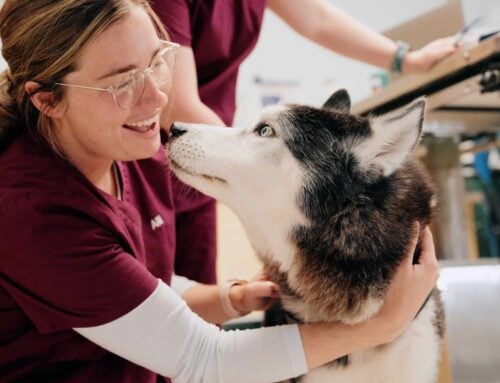
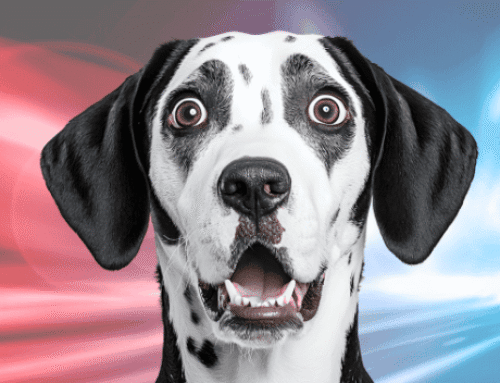
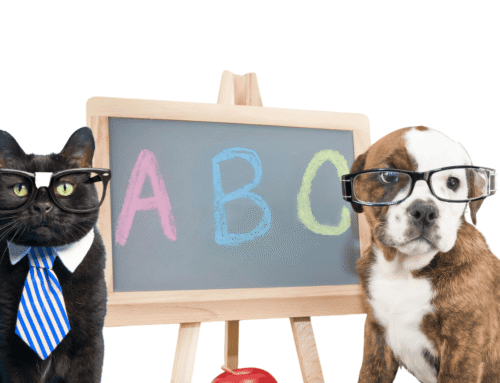
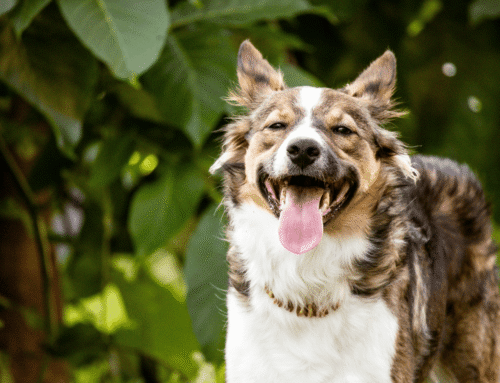


Leave A Comment